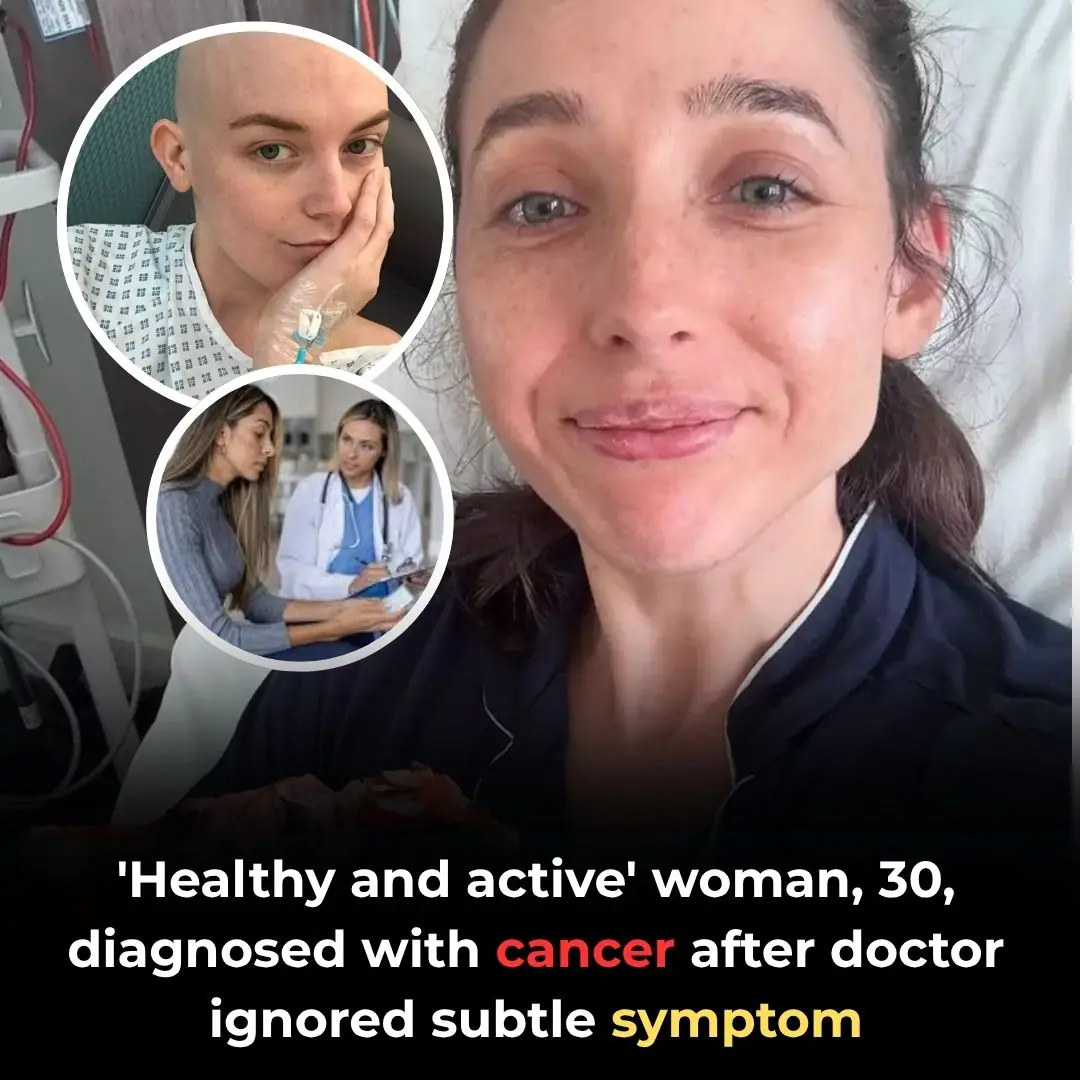
HERMOSA Study Finds Just 3 Days Without Toxic Cosmetics Can Lower Hormone Disruptors
HERMOSA Study Finds Just 3 Days Without Toxic Cosmetics Can Lower Hormone Disruptors
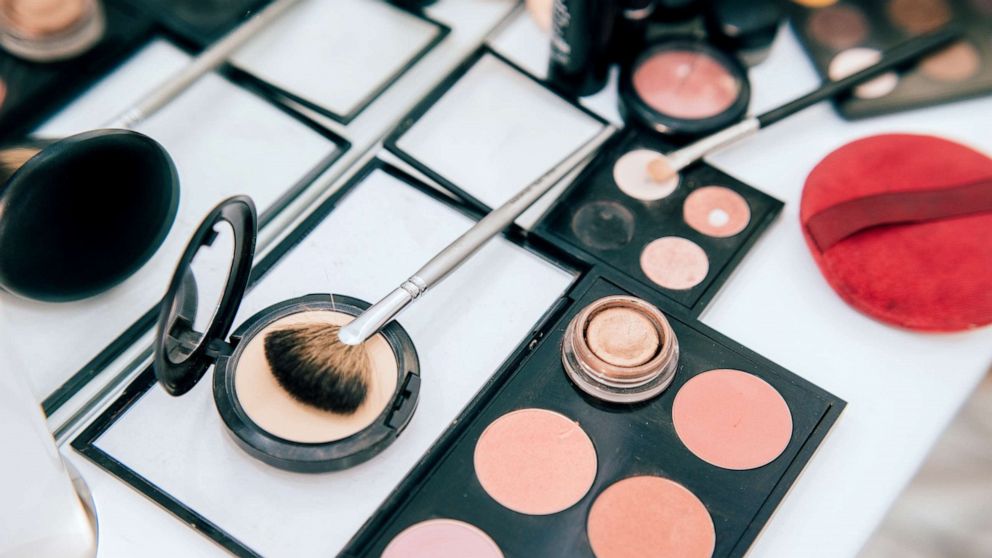
Study Reveals: Ditching Toxic Cosmetics for 3 Days Can Reduce Chemical Exposure
We use them daily—moisturizers, shampoos, deodorants, and makeup—often without questioning what's inside. But a recent study reveals that even a short break from conventional beauty products can dramatically reduce levels of harmful chemicals in the body.
According to the HERMOSA Study (Health and Environmental Research on Makeup of Salinas Adolescents), teens who avoided common hormone-disrupting ingredients for just three days saw significant drops in chemical exposure—offering new insights into how personal care choices impact health.
The Hidden Dangers in Your Daily Beauty Routine
Most cosmetics and personal care products in the U.S. contain ingredients that are underregulated and potentially harmful—especially for teens and women. Many of these substances are endocrine disruptors, which can interfere with hormones, reproductive health, metabolism, and even increase cancer risk.
Common harmful ingredients include:
-
Parabens (e.g., methylparaben, propylparaben): Linked to hormone disruption and breast cancer.
-
Phthalates (e.g., DEP, DBP): Found in fragrances and associated with fertility issues.
-
Triclosan: A banned antibacterial in soaps but still present in toothpaste and deodorants.
-
Formaldehyde releasers (e.g., DMDM hydantoin): Known carcinogens used in hair and nail products.
-
Fragrance: A term that hides hundreds of undisclosed chemicals, many untested for safety.
-
Talc (potentially contaminated with asbestos): Tied to ovarian cancer and respiratory harm.
-
BHA and BHT: Synthetic preservatives linked to organ damage and cancer in animal studies.
-
Benzene-contaminated propellants: Found in dry shampoos and sprays—no safe exposure level.
Even if individual products only contain trace amounts, cumulative exposure from multiple sources throughout the day and over time can build up and disrupt health.
What the HERMOSA Study Found: Teens and Toxins
Conducted by UC Berkeley and Clinica de Salud del Valle de Salinas, the HERMOSA Study tracked 100 Latina teenagers in Salinas, California. Researchers asked participants to stop using their usual products for three days, replacing them with ones free from phthalates, parabens, triclosan, and oxybenzone.
Results after just 72 hours:
-
Methyl paraben: ↓ 44%
-
Propyl paraben: ↓ 45%
-
Diethyl phthalate (from fragrances): ↓ 27%
-
Triclosan (from antibacterial products): ↓ 36%
-
Oxybenzone (used in sunscreen): ↓ 36%
“Seeing such a dramatic drop in chemical levels after just a few days shows how quickly the body can respond to cleaner products,” said Maritza Cárdenas, a student researcher and now molecular biology major at UC Berkeley.
The findings are particularly important for teen girls, who typically use more cosmetics and are at a hormonally sensitive stage of development.
Why Teens and Women Are Especially At Risk
Periods of rapid hormonal change—like puberty, pregnancy, and perimenopause—leave the body more vulnerable to the effects of hormone disruptors. Because cosmetics are absorbed through the skin and inhaled, repeated exposure to toxic ingredients can accumulate and cause systemic stress.
Yet unlike Europe or Japan, where hundreds of chemicals are banned from personal care products, the U.S. FDA has restricted fewer than a dozen. Terms like “natural,” “clean,” or “non-toxic” have no regulatory definition, leaving consumers in the dark.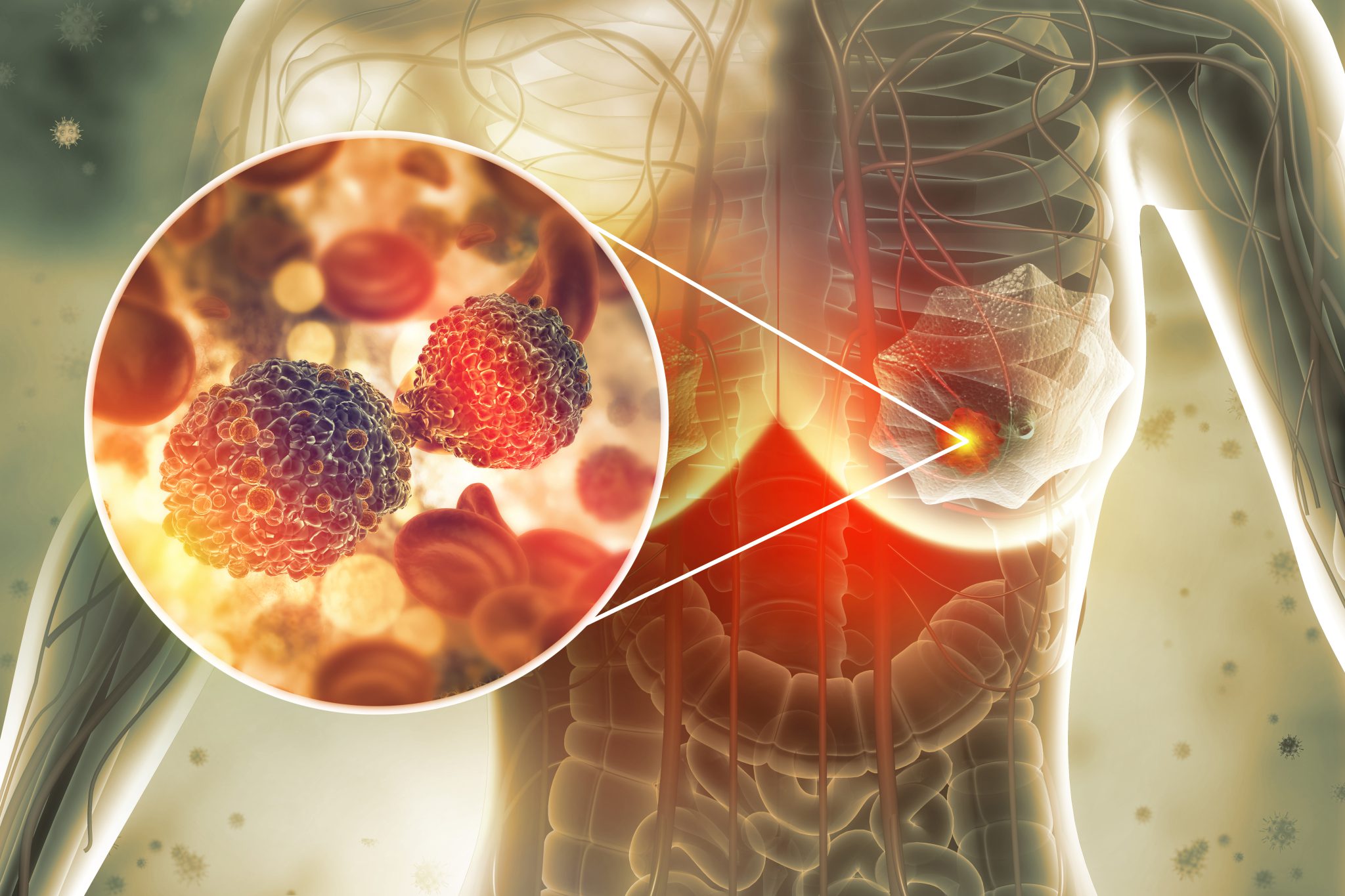
How to Detox Your Beauty Routine—Safely and Effectively
You don’t need to toss your entire makeup collection overnight. But small, consistent changes in the products you use can reduce chemical exposure and support hormonal balance, skin clarity, and long-term health.
Here's how to start:
✅ Read Labels with the Toxic Ingredient Guide
Identify and avoid harmful ingredients like parabens, phthalates, and “fragrance.”
✅ Choose Non-Toxic, Minimalist Products
Look for third-party certifications or verified clean beauty brands.
✅ Support Gut & Skin Health
Your skin is a mirror of internal health. Support your gut microbiome with tools like MindBiotic, which helps the body detox and reduces inflammation from the inside out.
✅ Cook Gut-Friendly, Skin-Loving Meals
Try the Mindful Meals cookbook for recipes rich in antioxidants, healthy fats, and collagen-boosting nutrients.
✅ Hydrate and Sleep Well
Dehydration and poor sleep affect detox pathways and skin elasticity.
✅ Clean Your Tools
Brushes and sponges can harbor bacteria. Clean them weekly to prevent skin infections.
✅ Don’t Over-Exfoliate
Gentle exfoliation protects your skin barrier, preventing irritation and long-term sensitivity.
✅ Advocate for Transparency
Support brands and legislation demanding full ingredient transparency in personal care products.
Final Thoughts: Clean Beauty Is About More Than Skin Deep
The HERMOSA study shows that real health improvements can begin in just days, simply by changing what’s in your beauty bag. This is especially important for teens, pregnant individuals, and anyone concerned about long-term hormonal health.
In a world full of synthetic shine, true radiance comes from inside and out—from what you put on your skin, what you feed your body, and how you take care of your overall wellness.
News in the same category

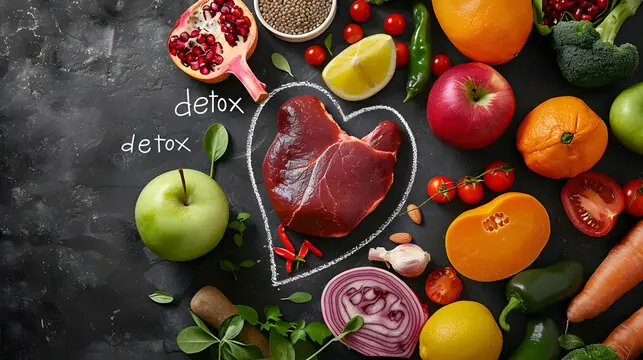
8 Powerful Foods to Naturally Cleanse and Detox Your Liver
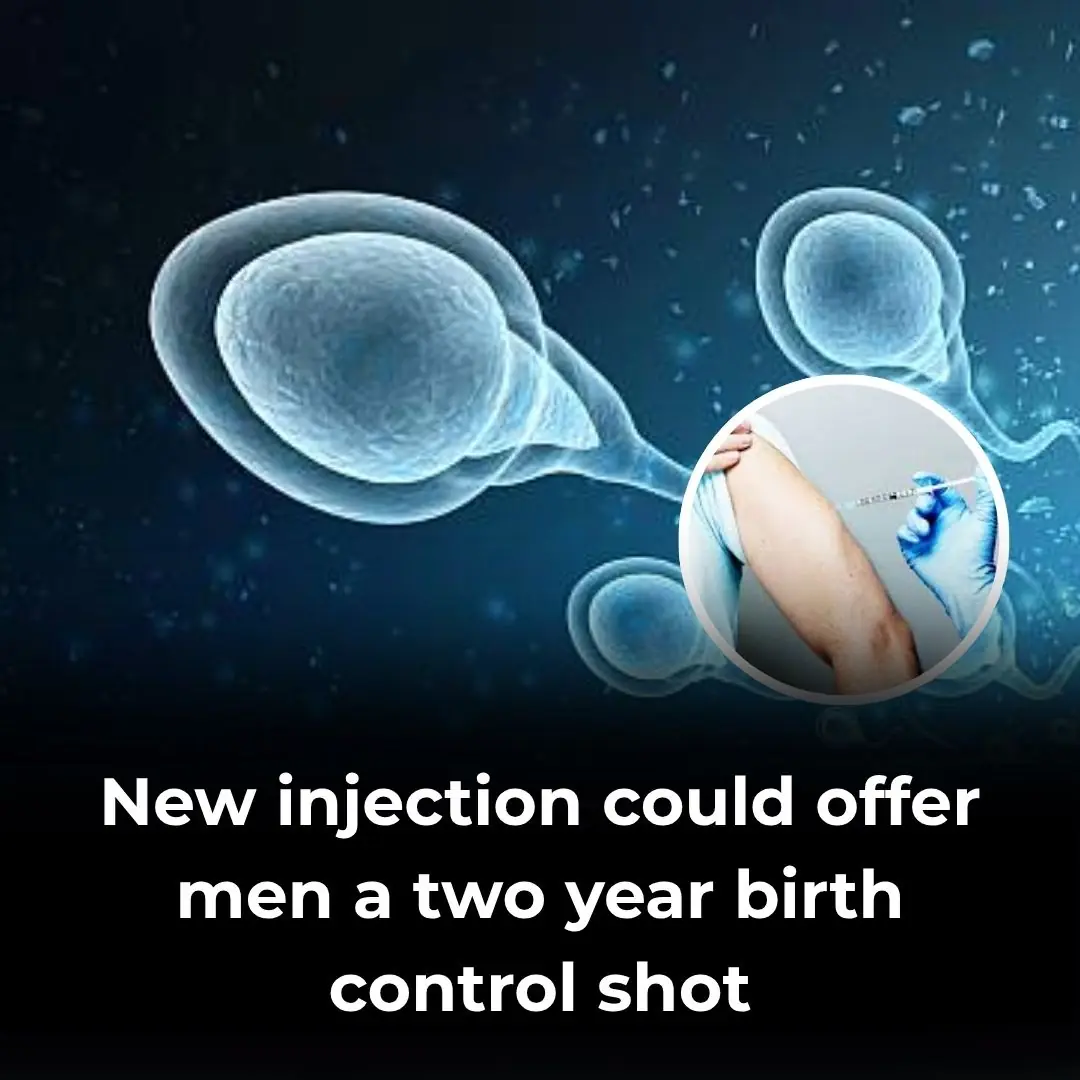
Breakthrough Male Contraceptive Injection Offers Alternative to Condoms and Vasectomy

Scientists: 3 Days of Silence Is Enough to Rewire Your Brain
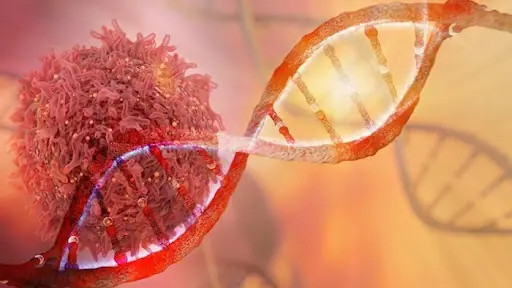
5 of the Best Anti-Cancer Foods — It’s Time to Start Adding Them to Your Diet
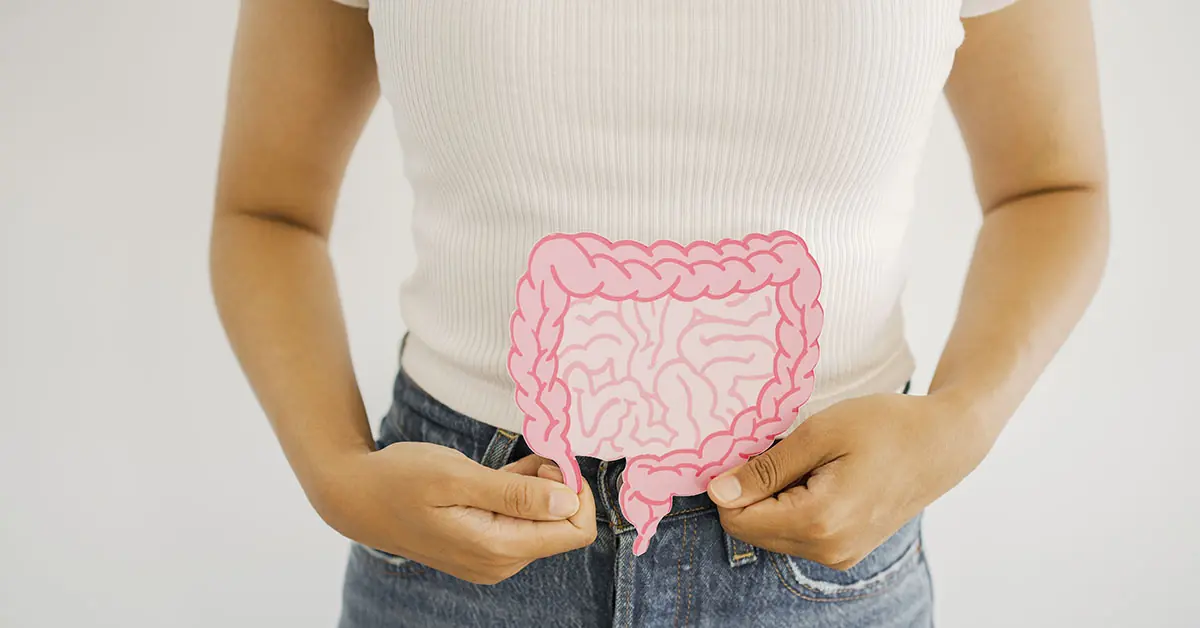
21-Year-Old Woman Diagnosed with Cancer Given Days to Live After Ignoring Early Warning Signs
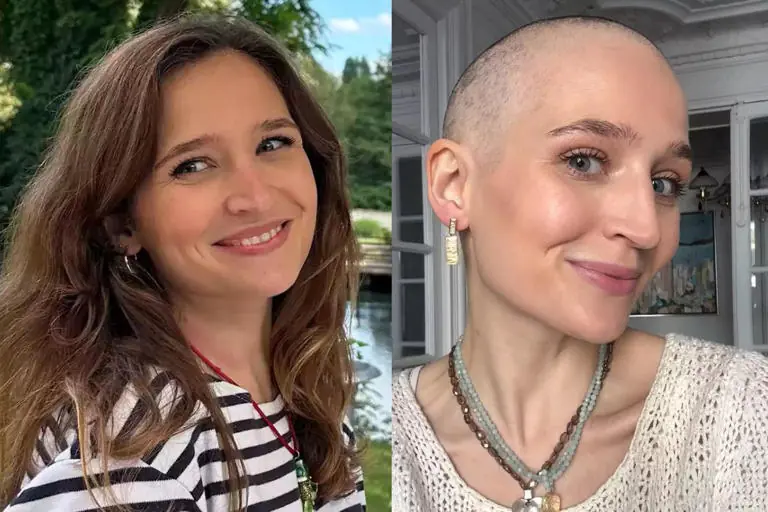
Woman Ignored ChatGPT’s Health Warning—Then Came a Cancer Diagnosis

Man, 28, Passes Away Suddenly After Doctors Discover 72 Irreparable Holes In His Lungs

Student, 22, suffered heart attack after using popular study drug and needed intense operation to keep her alive
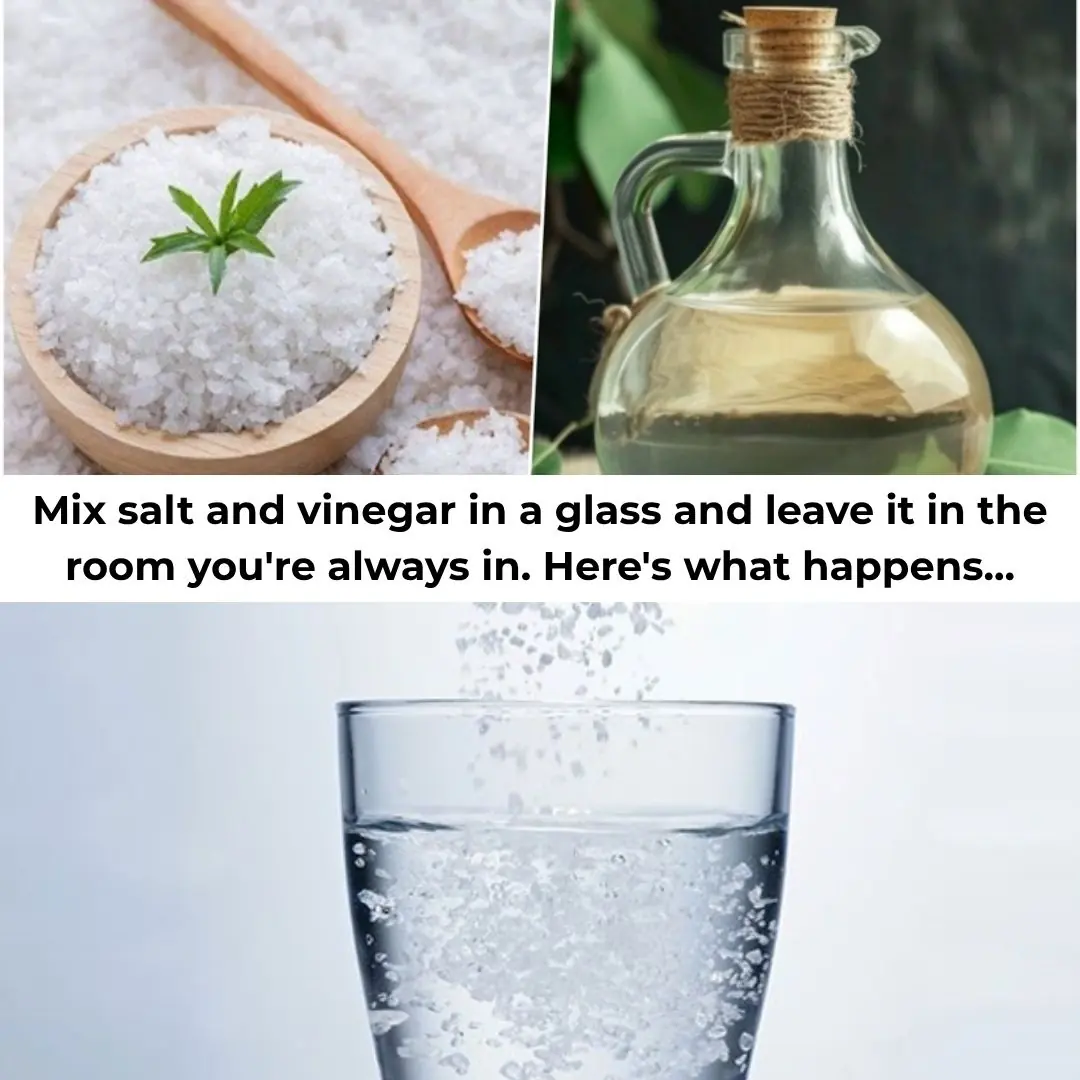
Discover: A Glass of Water, Vinegar, and Salt Can Cleanse Your Home

Living Creatures Cast a Faint Aura That Stops at Death, Study Suggests

Teen Has Been Training Only One Side of His Body for 182 Days—And The Results Are Crazy

The HEALTHIEST FRUIT on Earth: what happens to your body if you eat just 3 a day
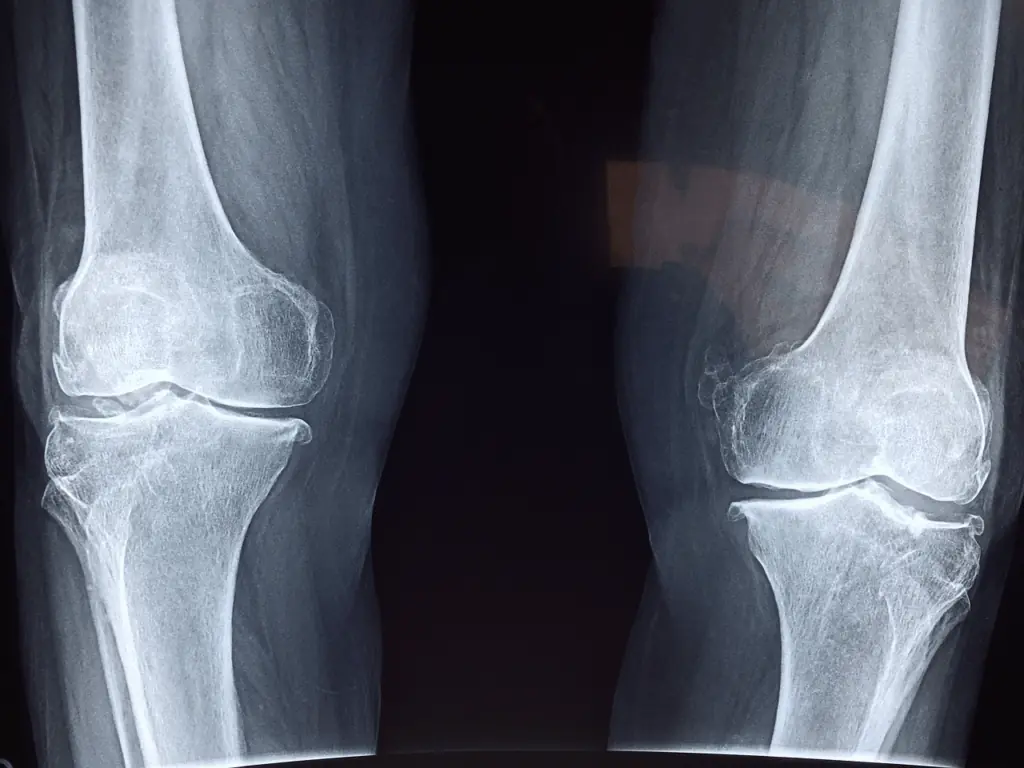
Doctor Breaks Down Bizarre Theory About People Who’ve Never Broken A Bone
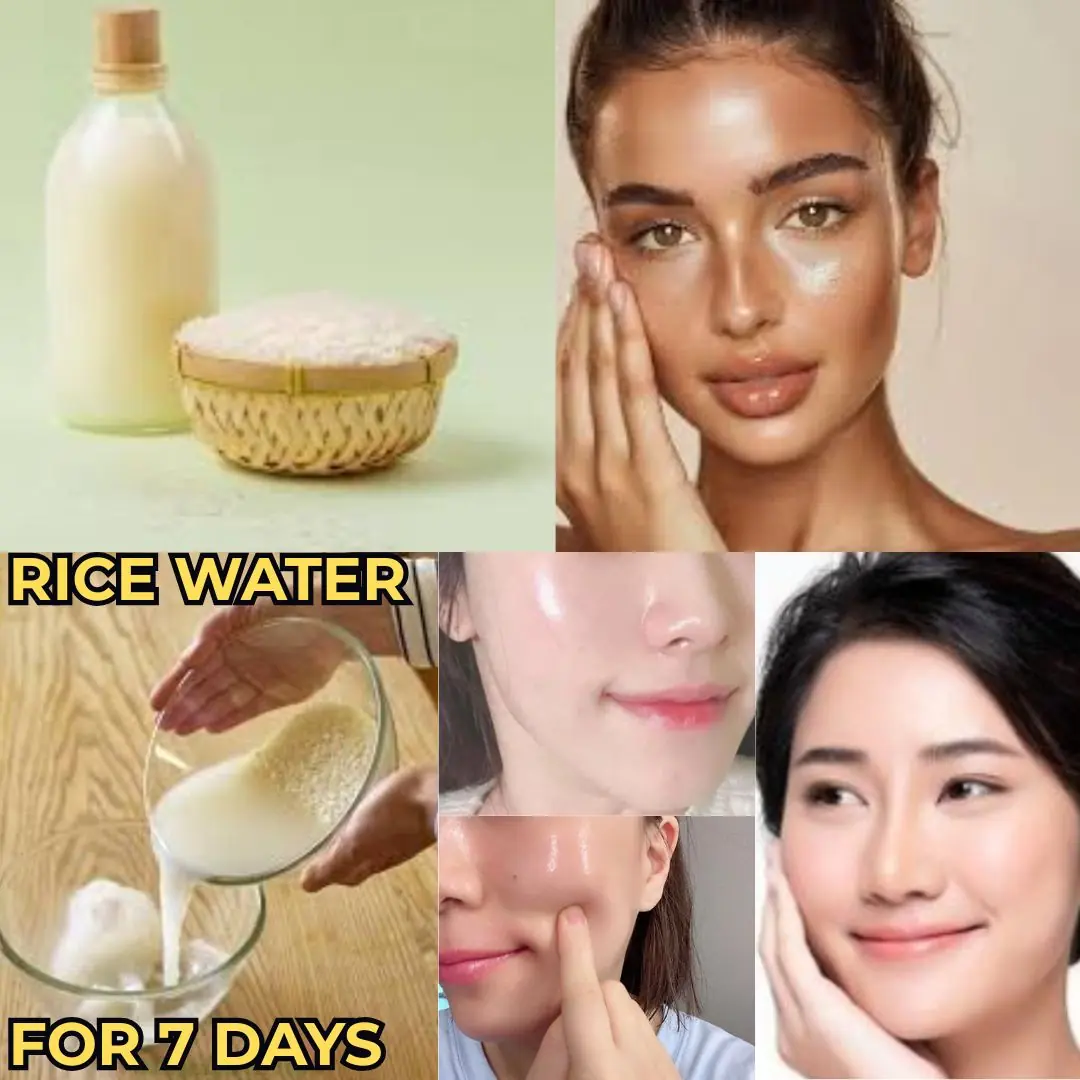
Spray this solution on your clean face before going to bed and wake up with super tight beautiful skin

Why Choosing Organic Vegetables Is More Important Than Ever: What Pesticides Are Really Doing to Your Health

Parasite Found In Brain Of 10-Year-Old Girl After Eating Undercooked Meat Leaves Experts Horrified

The Most Dangerous Time to Sleep: Doctor Warns It Could Cause 4 Health Problems

Lucid Dreaming Found To Spark Complex Brain Connectivity Rarely Seen In Normal Sleep
News Post
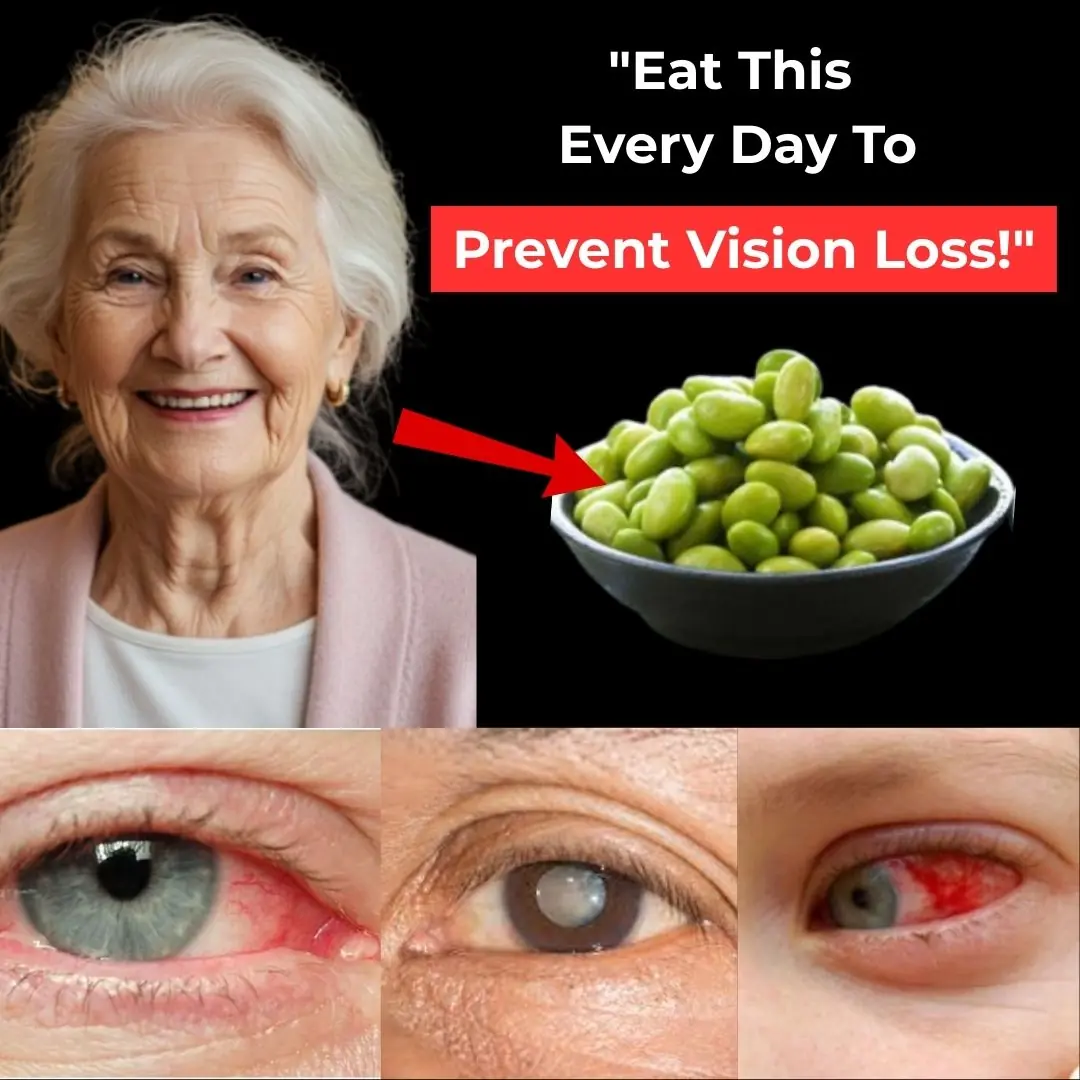
👁️ TOP 5 Foods You NEED for Better Vision & Eye Health (SHOCKED DOCTORS!)
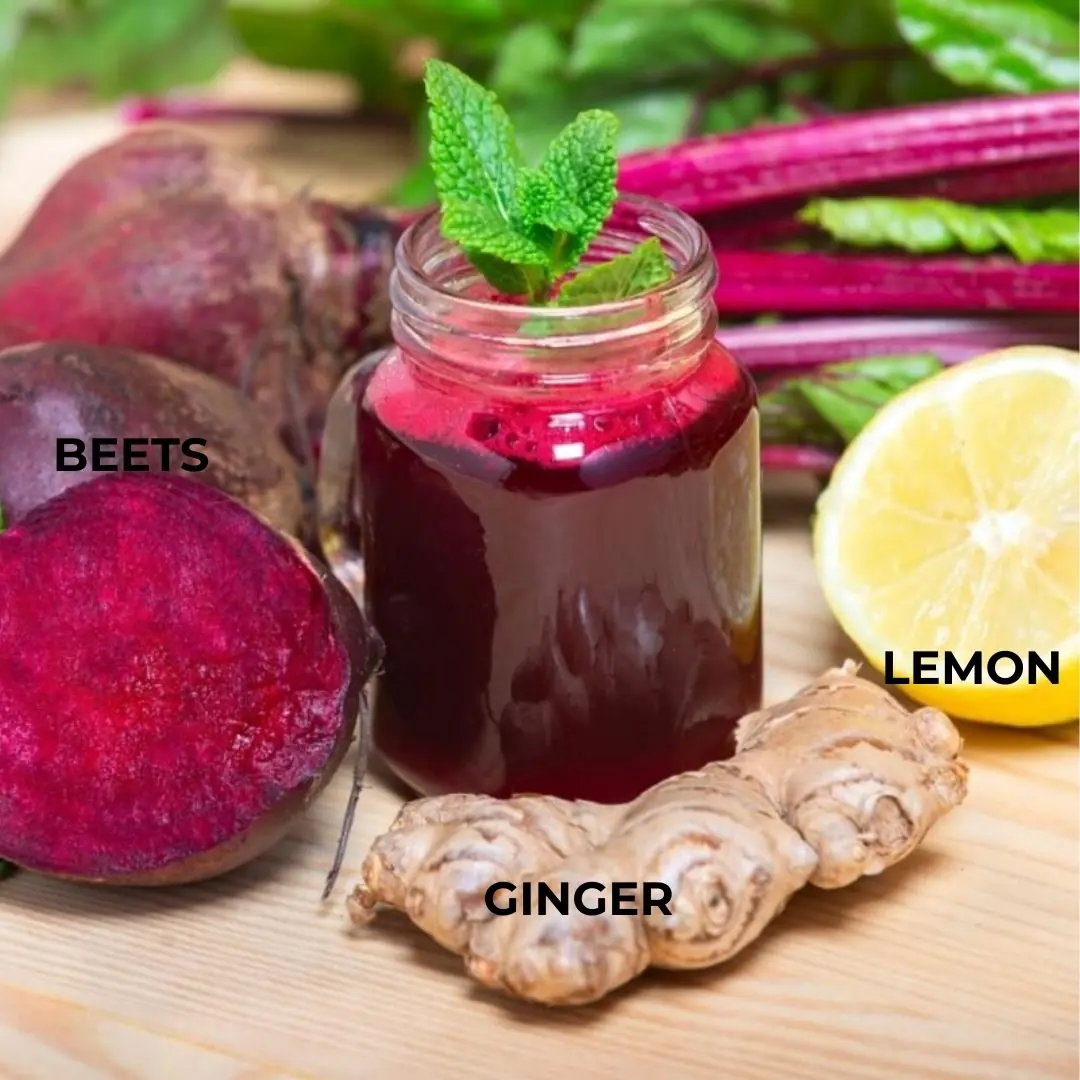
🥕 The Ultimate Morning Power Boost: Carrot, Ginger, Beetroot and Grape Smoothie

'Healthy and active' woman, 30, diagnosed with cancer after doctor ignored subtle symptom

8 Powerful Foods to Naturally Cleanse and Detox Your Liver

11 Heartbreaking Signs Your Dog May Be Nearing the End

Breakthrough Male Contraceptive Injection Offers Alternative to Condoms and Vasectomy

Scientists: 3 Days of Silence Is Enough to Rewire Your Brain

After My Divorce, I Was Bullied by My Ex-husband's Family – They Were Taught a Harsh Lesson by a Person I Didn't Expect

My Wife Kicked Our Foreign Exchange Student Out Because of Her Swedish Tradition – Karma Hit Hard the Next Day

5 of the Best Anti-Cancer Foods — It’s Time to Start Adding Them to Your Diet

My Boss Asked Me to Babysit His Daughter, but What I Found in the Basement Left Me Stunned

21-Year-Old Woman Diagnosed with Cancer Given Days to Live After Ignoring Early Warning Signs

Scientists Reach Bottom Of The Red Sea — What They Found Left Them ‘Shaken’

I Raised My Sister’s Son Like My Own for 15 Years — Then He Chose Her Over Me Because She Bought Him a Car
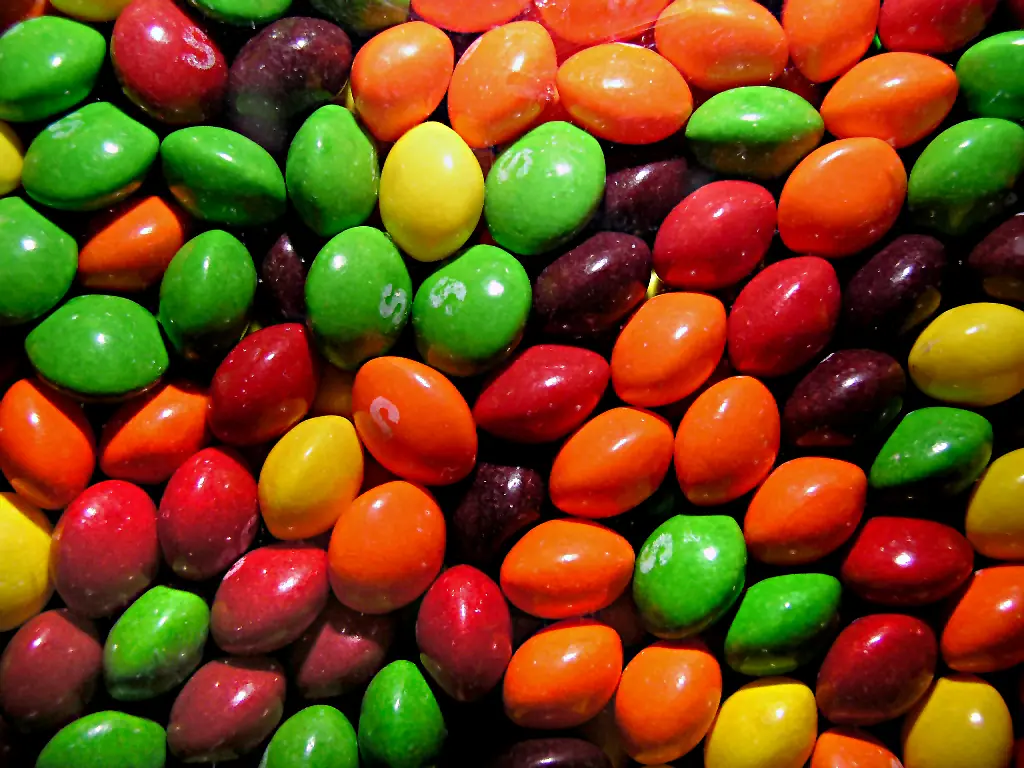
Taste The Toxin? Shocking Lawsuit Targets Skittles Over Alleged Toxic Ingredient
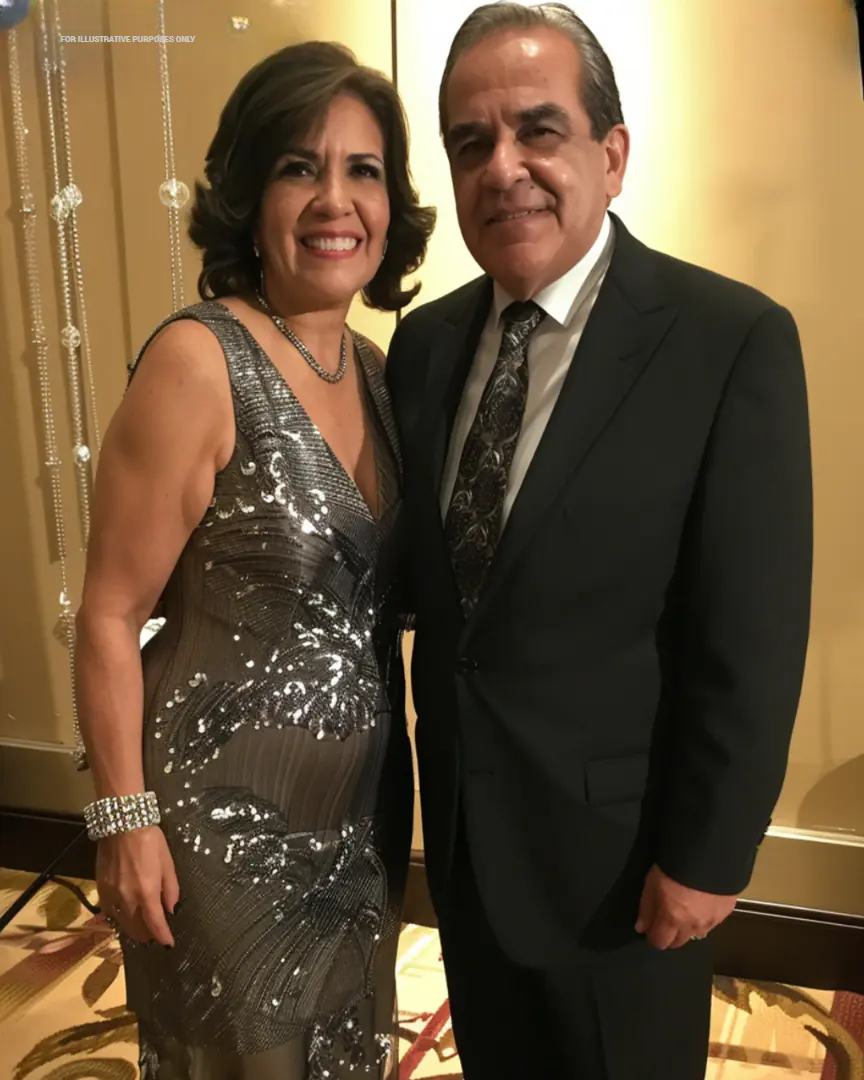
My Fiancé's Arrogant Family Pretended Not to Know Me & My Parents Until the Mayor Showed Up

Woman Ignored ChatGPT’s Health Warning—Then Came a Cancer Diagnosis

Antarctica Ice Sheet Grows for First Time in 30 Years, Surprising Scientists
